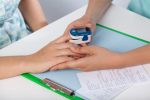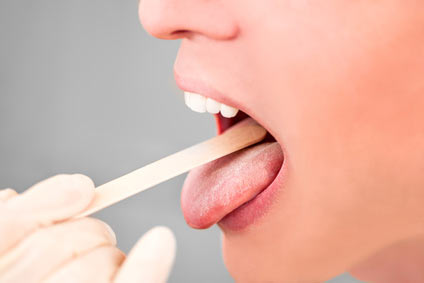High Number Of Hypopnea Episodes But Oxygen Levels OK
by Kate
(Omaha, NE)
My AHI is 10.9 I have been on a cpap machine for over 20 years.
According to a recent oximetry study done last week, with a self titrating Fisher-Paykel machine set from 4 - 20, my oxygen levels only dropped below 90, 4 percent of the night. They tell me this is acceptable.
However, I have MANY recorded instances of hypopnea episodes, anywhere from 50-80 per night. According to the "Sensawake" feature of my machine, I'm "rousing" anywhere from 30-40 times per night.
I am still tired during the day and my quality of sleep is marginal at best.
What am I doing wrong? How do I properly interpret this data? Why am I having so many "shallow breathing" (hypopnea) episodes even with my cpap machine?
Despite all these hypopnea episodes, my oxygen levels seem to be fine.
My best guess is - every time I make it into REM sleep, the hypopnea starts.
My new cpap machine now BEEPS at me when a hypopnea event happens and keeps beeping at me until I get woke up which sucks. Then, of course, I can't get back to sleep.
Any and all suggestions will be gratefully appreciated.
Thank-you
Answer
If you have high number of hypopnea episodes with acceptable oxygen levels in your blood, it's possible that you have a new type of sleep disorder, called Upper Airway Resistance Syndrome or UARS.
UARS has the same manifestations as sleep apnea: disruptive sleep, excessive fatigue, sleepiness.
The problem is that UARS is not routinely tested in sleep studies and I don't think you find any information in your sleep report.
What is Upper Airway Resistance Syndrome?
A patient with UARS has a very narrowed space behind the tongue when lying flat on his back. Although people with obstructive sleep apnea mostly have the same anatomical problem, there is a difference between UARS and OSA.
People with UARS stop breathing in sleep but wake up after 1 to 9 seconds. However, you need to stop breathing for 10 seconds or longer to be counted as apnea episode.
So, in a sleep study, you need at least 5 apnea events every hour on average to have a diagnosis of sleep apnea.
But what if stop breathing 30 times every hour, but wake up after 1 to 9 seconds? This is not at apnea event anymore, and your AHI is registered as 0 in your sleep report.
You can also have apnea events together with UARS events, but only AHI is recorded. This happens because many sleep laboratories don't have the technology and experience to diagnose this sleep disorder.
If my explanation seems too difficult for you, dr. Steven Park has a simpler way to describe UARS in this video:
How UARS is Diagnosed?
You may be interested to know that UARS patients don't desaturate but they never get continuity in deep sleep, which sounds similar to your case.
UARS patients wake up too quickly, usually after one or two seconds of shallow breathing. So they don't even stop breathing!
A patient with upper airway resistance syndrome have a hypersensitive nervous system which detects every micro-obstructions during sleep.
When you are about to obstruct, a signal is sent to the brainstem which loops back a signal to wake you up because you are about to obstruct. These shallow sleep interruptions don't even show up on a sleep test.
So how to diagnose UARS if a sleep test is not effective?
One way to measure it is cyclic alternating pattern analysis or CAP which uses complicated mathematical calculations to detect these shallow signals.
The sleep doctor also uses a probe to measure the esophageal pressure during your sleep test (polysomnography).
Treatment of Upper Airway Resistance Syndrome
First of all, patients with UARS don't do very well with CPAP. UARS patients wake up too quickly from deep sleep to light sleep, which heightens their senses, making them to wake up due to every little sound or movement.
This can lead to stress responses that can lead to hormonal changes, a hypersensitive nervous system active all the time and a weak immune system.
A quality oral appliance is quite effective in treating upper airway resistance. The TAP 3 has quality efficacy tests showing 80% effectiveness in treating mild to moderate OSA and should do at least that well or better against UARS.
The dental device will pull the jaw forward to increase the narrowed space behind the tongue when you sleep.
The pathway to UARS treatment is a little more complicated, as Barry Krakow, M.D. explains in this video:
What To Do Next?
First of all, you should be tested for Upper Airway Resistance Syndrome. Speak with your sleep doctor about this.
You should also ask for your sleep study report, because you may discover something that may cause your hyponeas. For example, the presence of periodic leg movements or restless legs can keep you from getting into REM sleep, causing hypopnea.
Good luck and do keep us informed of how you do. And don't hesitate to keep asking questions!!!
I hope it helps. Don't be afraid to comment back.
Remy Thierry
Founder of Sleep Apnea Guide
Comments for High Number Of Hypopnea Episodes But Oxygen Levels OK
|
||
|
||







